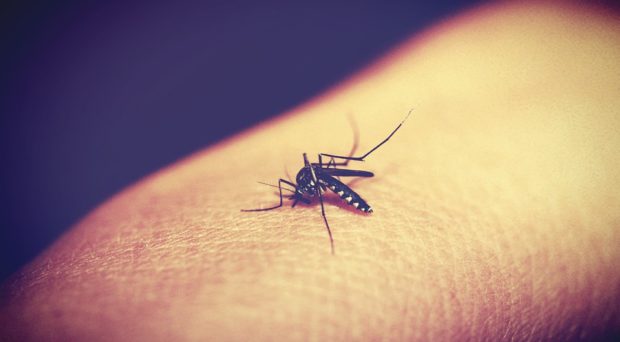
The group found that human-feeding Ae. aegypti mosquitos from an urban population in Senegal, West Africa, were more closely related to populations in Mexico and Sri Lanka than they were to a nearby forest population that fed on animals.
Dr. Jiggins and his team believe that an ancestral population of Ae. aegypti evolved into a human specialist, thus, giving rise to a subspecies known as aegypti aegypti. It is thought that this population migrated out of Africa, therefore explaining why there are such similarities between distant Asian and American populations.
In the podcast, Dr. Jiggins talks to us about his research, the implication that these findings have for disease transmission and a potential explanation as to how this migration occurred.
- Flat faced dogs are at greater risk of developing corneal ulcers - 22nd June 2017
- Why the long face? Horses can sense negative and positive emotions - 29th March 2017
- Mosquitoes and an evolved taste for humans: a podcast from the authors - 1st March 2017
Comments